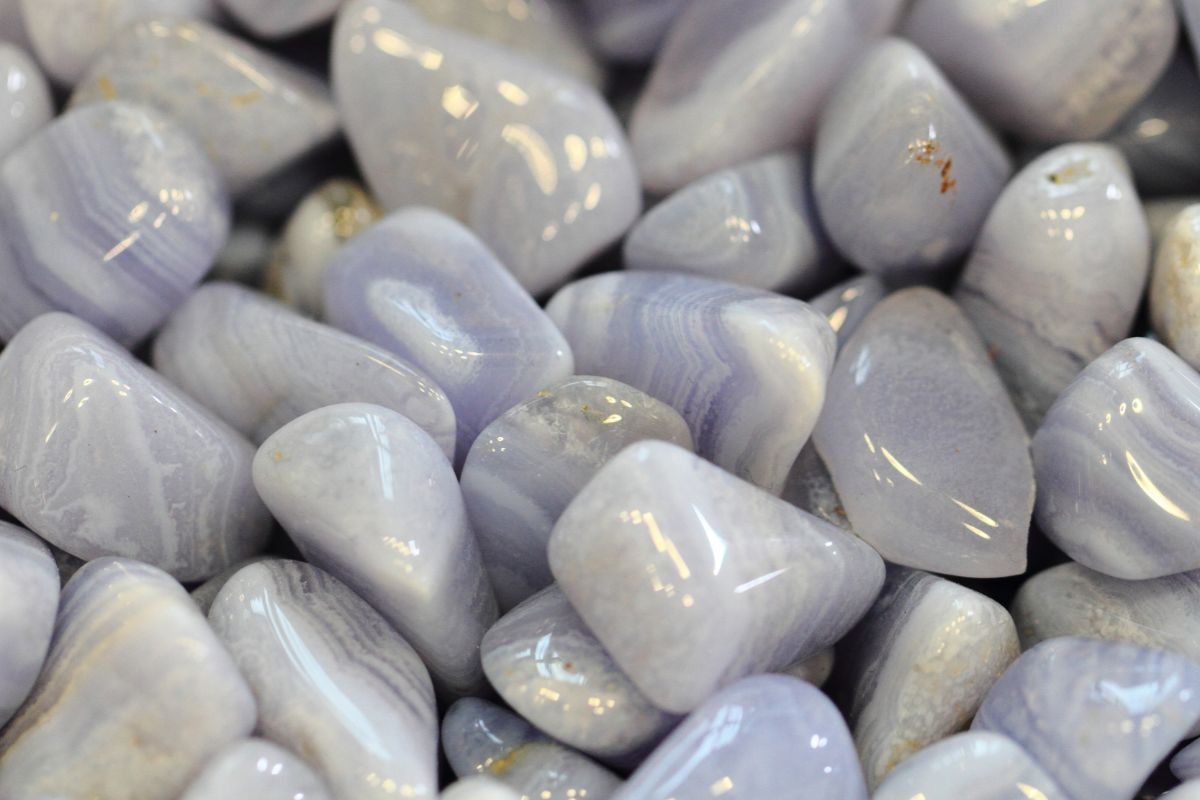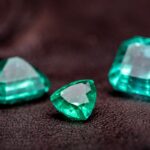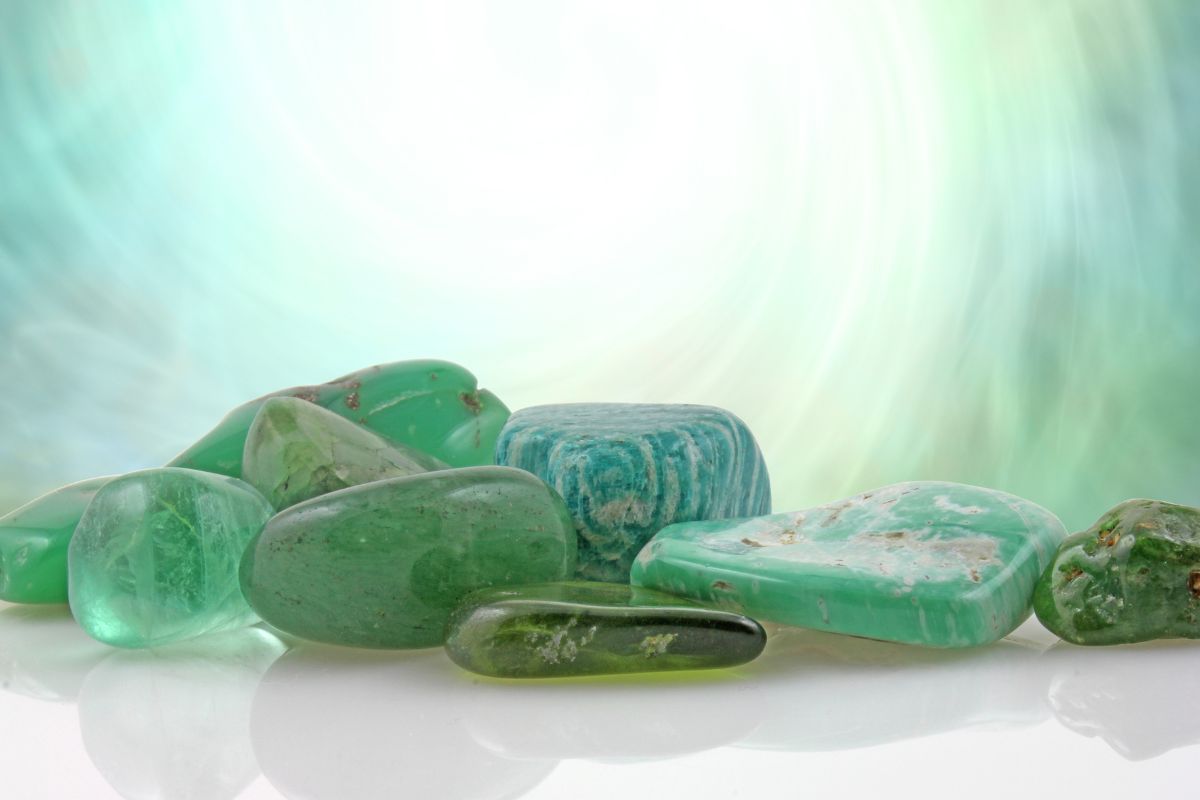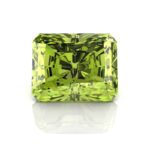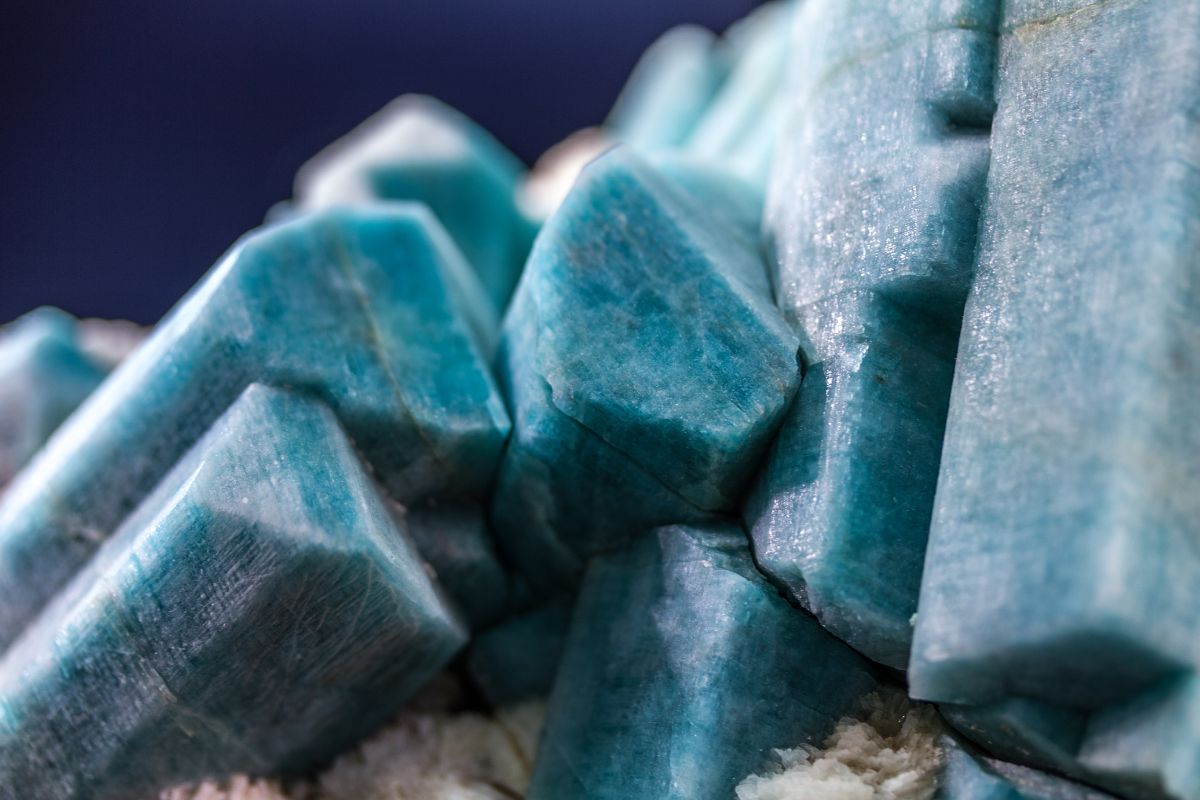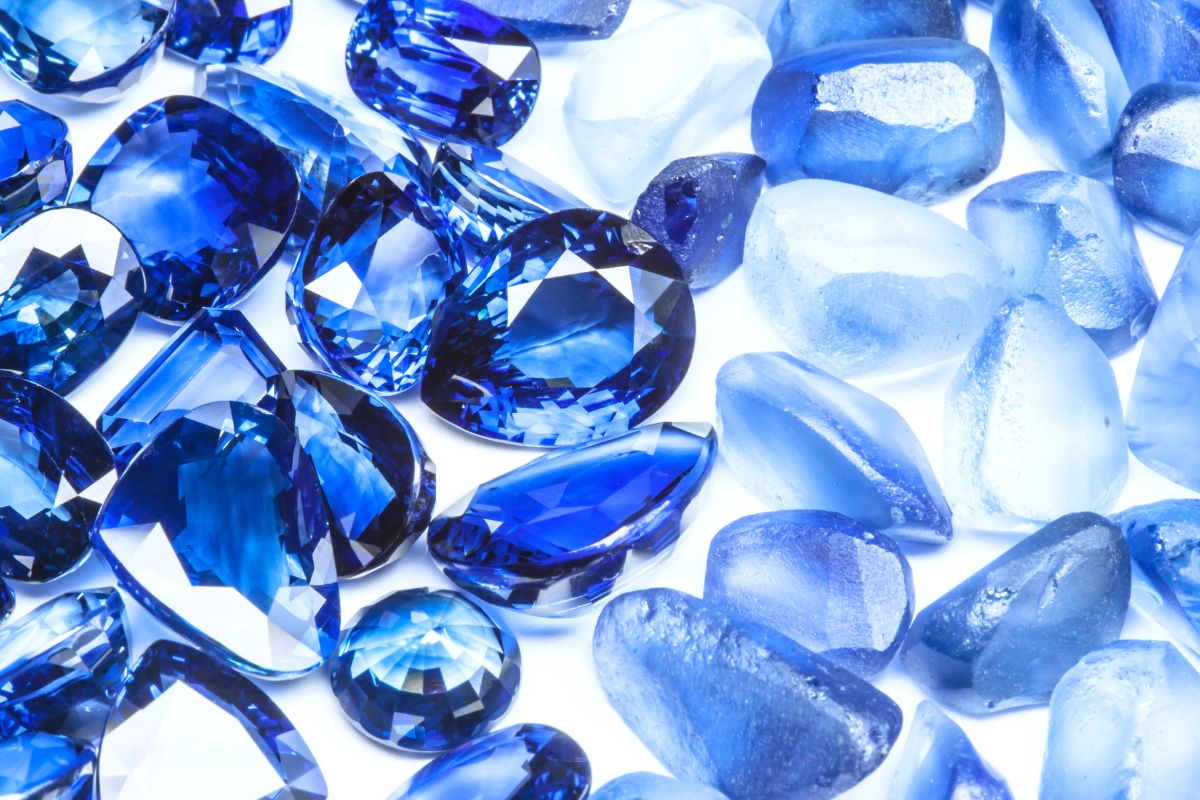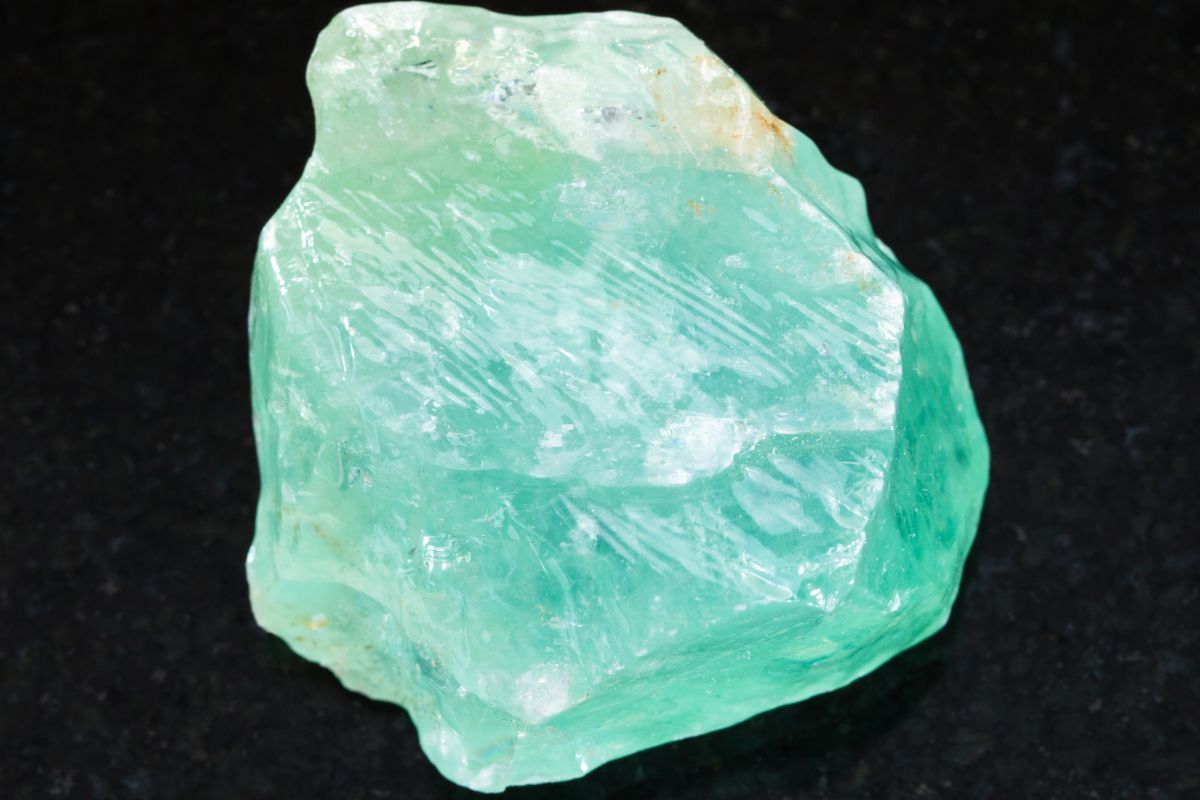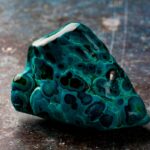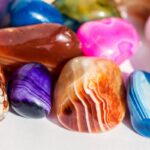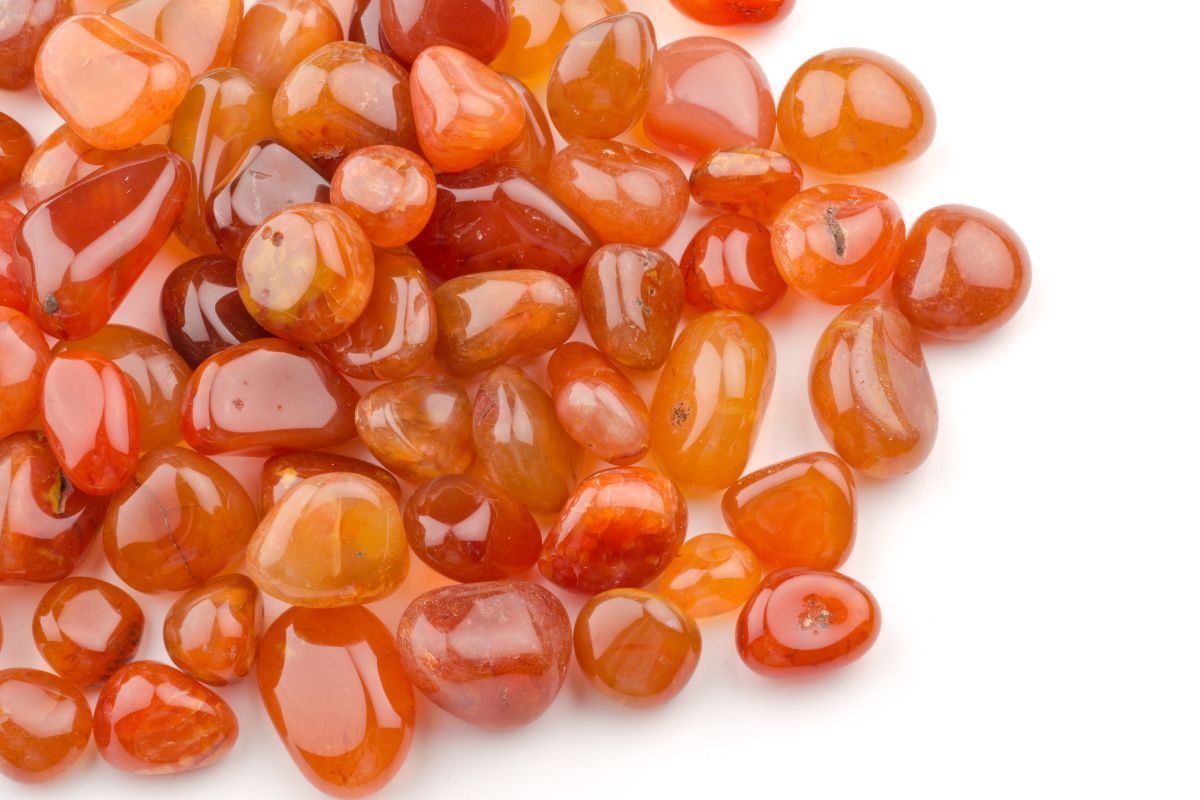Bloodstone, also known as heliotrope, is a form of chalcedony quartz renowned for its deep green color speckled with distinctive red or brown spots.
Prized for thousands of years, this gemstone has often been associated with various mystical and healing properties.
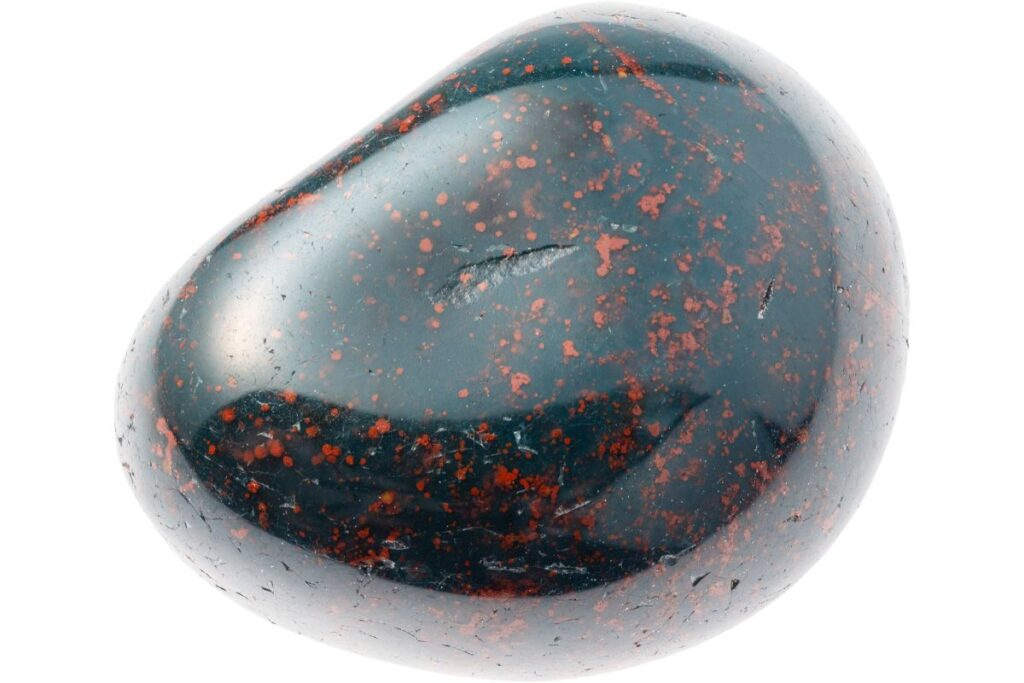
Whether you are a collector, jeweler, or someone intrigued by the unique beauty and lore surrounding bloodstone, knowing how to distinguish a genuine specimen from a fake is crucial.
In this guide, we will help you learn how to verify the authenticity of bloodstone crystals.
Why Is It Important To Check Your Bloodstone Is Real?
The rise in popularity of crystals has unfortunately led to fakes and replicas flooding the market, so it’s now more important than ever to check that what you’re buying is genuine.
Crystals aren’t cheap, and the last thing you want is to waste your money on something that isn’t real.
If you’re using bloodstone for its physical or metaphysical healing properties, then it’s extremely important to know that you’re working with the right crystal for your needs.
How To Tell If Bloodstone Is Real Or Fake
Below, we’ve included several areas to be aware of if you have purchased a bloodstone and need to check its authenticity.
Visual Inspection
The first step in authenticating bloodstone crystals is visual inspection.
Genuine bloodstones are dark green, with red, brown, or yellowish spots that resemble blood droplets, hence the name.
The surface should appear vitreous or glass-like but never overly shiny, which could indicate artificial treatment or even a synthetic stone.
Inclusions And Imperfections
Real bloodstone is likely to have natural inclusions and imperfections. If the stone appears too perfect, it’s a red flag.
Color Distribution
Genuine bloodstones usually exhibit an uneven distribution of red or brown spots, while fake or dyed stones might show a more uniform pattern.
Density And Weight
Another effective way to authenticate a bloodstone crystal is by considering its density.
Bloodstone is denser than most counterfeit materials, such as plastic or glass.
If you find that the stone feels unusually lightweight, you may be dealing with a fake.
It is essential to compare the weight of the stone in question with a verified specimen if possible.
The Scratch Test
The Mohs scale measures the hardness of gemstones, and bloodstone ranks between 6.5 and 7.
This means that it should not be easily scratched by materials with a lower Mohs scale rating, like a copper penny or a fingernail.
Perform the scratch test carefully on an inconspicuous area of the stone. If the stone is easily scratched, it’s likely not an authentic bloodstone.
Cold To The Touch
Like other forms of chalcedony, bloodstone will feel cool to the touch, even in warm environments.
Fake bloodstones made of plastic or resin will adapt to the surrounding temperature more quickly.
This is a simple but useful test to perform when handling the stone – this is even a quick test you can do in the store if you’re about to purchase a bloodstone.
Light Transmission Test
Another reliable way to identify genuine bloodstone is by observing how it interacts with light.
When held up to a light source, real bloodstone will only allow minimal light to pass through, owing to its dense structure.
Counterfeit stones made of glass or other transparent materials may allow more light to penetrate.
Again, this is a great tip for testing your bloodstone at the store before you buy.
Water Absorption Test
Bloodstone, being a form of chalcedony, is generally non-porous and resistant to water absorption.
You can conduct a water absorption test by placing a few drops of water on the stone’s surface.
If the water beads up and does not seep in, the stone is likely genuine.
Acid Test
Chalcedony is relatively resistant to weak acids, unlike carbonate-based stones that will react by fizzing or frothing.
Conduct this test with extreme caution and preferably under professional supervision.
Place a small drop of dilute hydrochloric acid (HCl) on an inconspicuous part of the stone.
No reaction likely indicates that it’s a genuine bloodstone.
Heat Resistance
Authentic bloodstone is more heat-resistant compared to artificial or composite stones.
You can gently heat the stone with a lighter and observe its reaction. If it cracks or changes color, it’s likely fake.
However, this test is not recommended for valuable pieces as it can damage even genuine stones.
Magnification Test
Under a jeweler’s loupe or microscope, look for tiny air bubbles, which are a telltale sign of glass imposters.
Authentic bloodstones will lack these air bubbles but might show natural imperfections or inclusions that are consistent with quartz-based gemstones.
Seek Professional Assessment
When in doubt, the best course of action is to consult a certified gemologist who can perform various specialized tests, including spectroscopy and refractive index testing, to ascertain the stone’s authenticity.
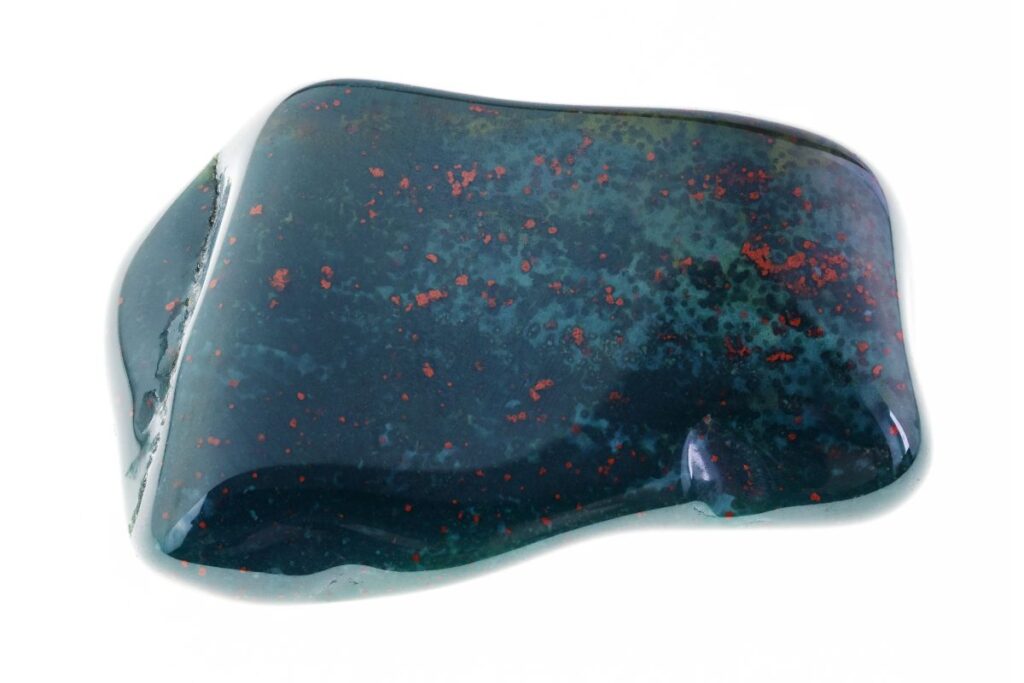
Considerations When Purchasing Bloodstone
Now that we know how to identify real bloodstone, let’s talk about some key considerations before you purchase this crystal to ensure you’re getting a genuine item:
Market Research
Being informed about the current market for bloodstones can provide useful context for identifying fakes.
Understand the average price range for bloodstones of various sizes and qualities.
Extremely cheap stones are often too good to be true.
Ethical Considerations
As a responsible buyer or collector, it is crucial to inquire about the origins of the bloodstone and whether it has been ethically sourced.
Many regions known for bloodstone mining are also known for exploitative labor practices, and taking the time to verify the ethical credentials of your purchase is a responsible practice.
Summary
Validating the authenticity of bloodstone requires a multifaceted approach.
Start with a visual inspection, focusing on color, inclusions, and pattern.
Evaluate the density and weight of the stone and perform scratch tests and temperature-based evaluations.
Conduct water absorption and acid tests, if necessary, and even consider heat resistance.
Finally, seek professional validation from a certified gemologist if you’re still uncertain.
By combining these methods, you can enhance your confidence in the genuineness of your bloodstone, allowing you to appreciate its unique characteristics and historical significance fully.
- 15 Crystals That Cannot Be Exposed To The Sun - January 7, 2024
- Malachite Vs Fuchsite – Benefits And Uses - January 7, 2024
- Malachite Vs. Green Jasper: Benefits And Uses - January 7, 2024

